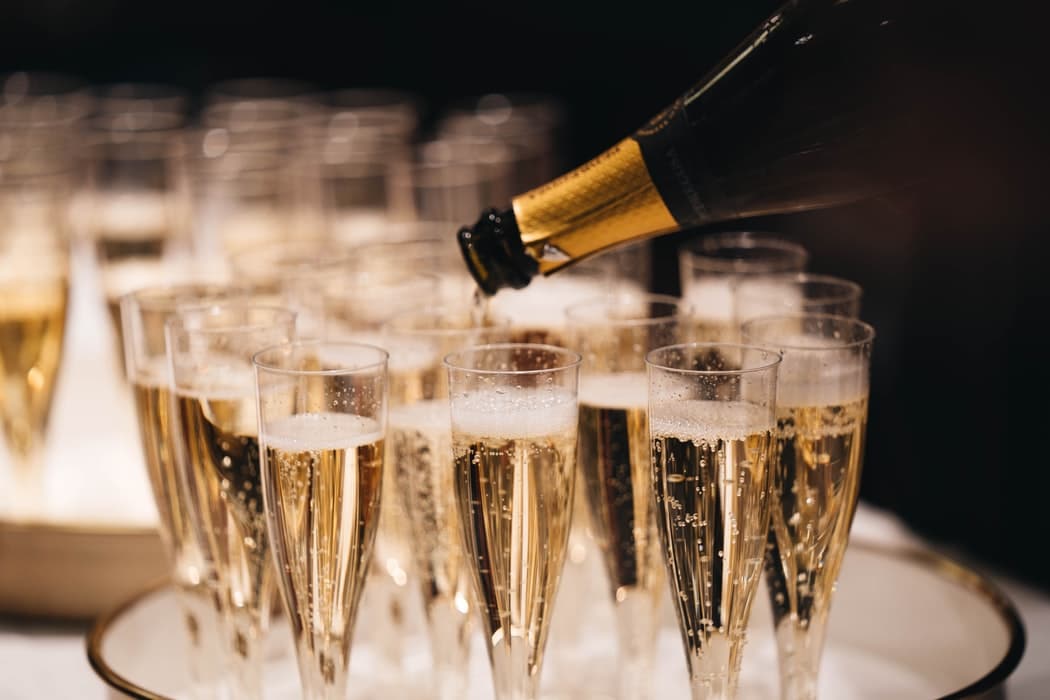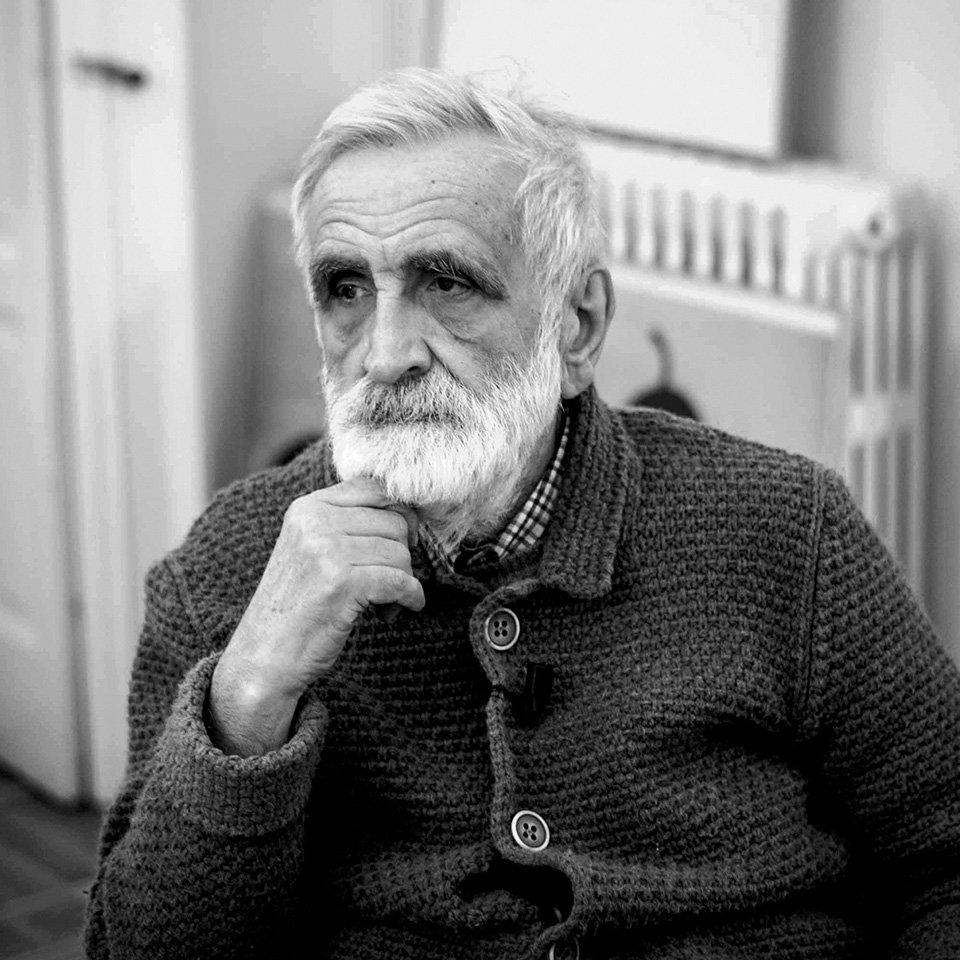[vc_row njt-role-user-roles=”administrator,armember”][vc_column][vc_column_text]
With champagne shipments of up to 14.3 million bottles and a 5.2% increase over last year, Japan confirms its position as the third largest champagne export market. This is in any case what the figures of the Champagne Committee reveal.
Preceded by the United States and the United Kingdom, Japan nevertheless represents the leading market in Asia for champagne and its place as the 2nd largest luxury market in the world is not for nothing. Indeed, the Japanese consume this drink of excellence in all restaurants, at every important ceremony, and of course in clubs viagra femenina preu. As an example, “Champagne Call” is very popular in Japan and this service worth about a million yen or 8,000 euros.
Although champagne is synonymous with luxury and elegance for most cultures, it remains the drink of reference in Japan. The greatest wine houses are present and the Japanese do not deprive themselves of it ; Ruinars, Laurent-Perrier, Moët & Chandon, Taittinger or Roederer are sold between 5 000 and 7 000 yens (40 to 56 euros) depending on the house, and up to 200 000 yens (1 600 euros) for the superior vintages.
Today Japan imports about 315 different brands from what is considered as a national treasure of France. However, the sparkling and refined drink did not always have this reputation and took off a few decades ago. Cognac, eau de vie, kir and gin and tonic have thus been robbed of the limelight in the Land of the Rising Sun. But the “bar hostesses” gradually imposed champagne and increased demand tenfold.
Even if it went through a more complicated period in the 90s because of a half champagne half cognac cocktail called “Pindonkon”, which made people sick, the effervescence of the wine brought back its popularity in 1998.
“The era of woody and oxidised champagnes is no longer really in fashion. The clientele is more interested in fresh, elegant and perfectly balanced champagnes”, confides Philippe Sauzedde, Laurent-Perrier’s representative in Japan, “A sugar-free champagne, in its pure state, is the perfect accompaniment to raw fish, shellfish and sushi”.
Being an alcoholic beverage, it is consumed more by senior citizens, but millennials, once again, are the ideal target for wine and champagne exporters. They represent about 38% of champagne buyers in Japan and this is not negligible since they make up 31% of the population. Another advantage of this type of clientele? Digital communication and therefore champagne sales are developing massively in the archipelago via e-commerce and social networks.
The Japanese love sparkling French wine, and France doesn’t care about the competition because champagne is only produced in its emblematic region, La Champagne. “More and more Japanese people are making the difference between sparkling wines and champagne,” Philippe Sauzedde reminds us.
The region has also created a common wine tourism brand, called “La Champagne, refined art de vivre”, which can be used by all wine tourism players. Furthermore, the Grand Est and the Comité Champagne, owners of the brand, promoted it last year in Tokyo.
Read also > CHAMPAGNE : PROJECT TO BRING TOGETHER NICOLAS FEUILLATTE AND CASTELNAU
Featured Photo : © Champagne[/vc_column_text][/vc_column][/vc_row]








